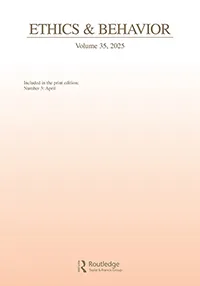Abstract
This manuscript explores the argument for lower student-to-school counse-
lor ratios in U.S. public education. Drawing upon a comprehensive historical
review and existing research, we establish the integral role of school coun-
selors and the notable benefits of reduced student-to-counselor ratios. Our
analysis of national data exposes marked disparities across states and dis-
tricts, with the most underfunded often serving higher percentages of low-
income students and students of color. This situation raises significant ethical
concerns, prompting a call for conscientious policy reform and targeted
investment. Informed by emerging best practices, we propose recommenda-
tions for enhancing counselor staffing and ultimately student outcomes. This
ethical argument underscores the need for proactive actions and provides
a basis for future research to further delineate the impact of school counselor
ratios on educational equity and student success.
lor ratios in U.S. public education. Drawing upon a comprehensive historical
review and existing research, we establish the integral role of school coun-
selors and the notable benefits of reduced student-to-counselor ratios. Our
analysis of national data exposes marked disparities across states and dis-
tricts, with the most underfunded often serving higher percentages of low-
income students and students of color. This situation raises significant ethical
concerns, prompting a call for conscientious policy reform and targeted
investment. Informed by emerging best practices, we propose recommenda-
tions for enhancing counselor staffing and ultimately student outcomes. This
ethical argument underscores the need for proactive actions and provides
a basis for future research to further delineate the impact of school counselor
ratios on educational equity and student success.
PDF Upload
Feature Image
Image
